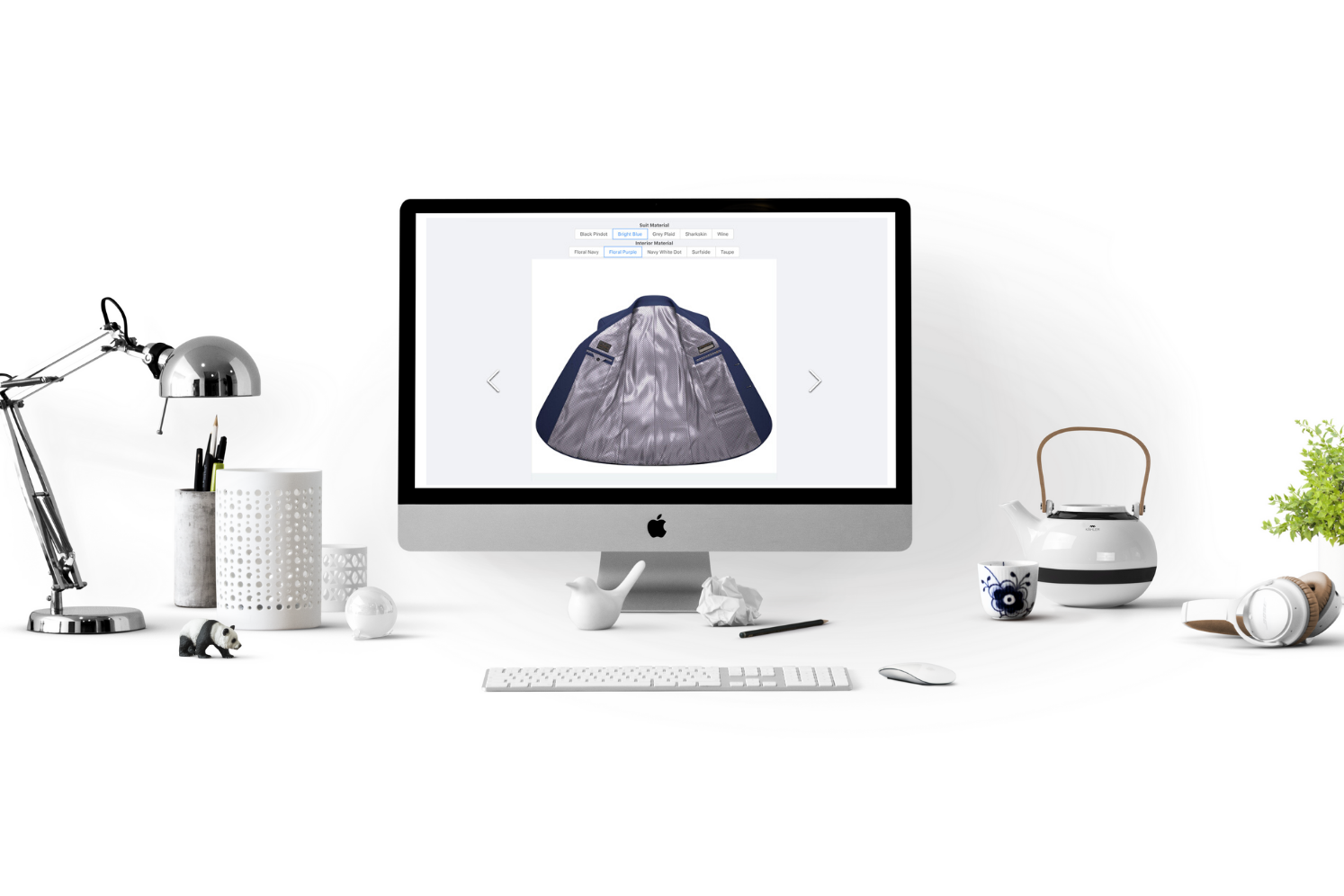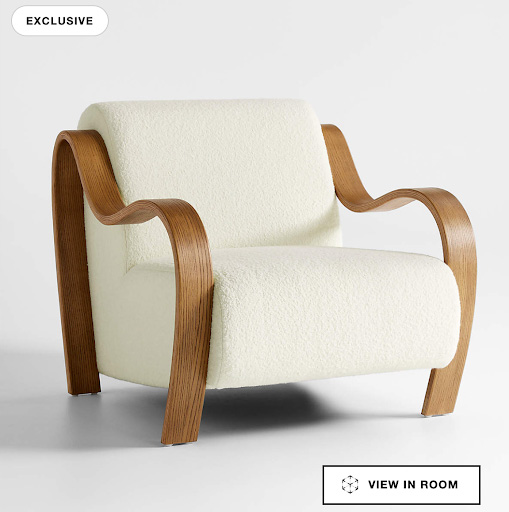3 Virtual Photography Projects for the January Shopping Slump

Soon we’ll be past the holiday season, and you could settle down for that long winter's nap. After all, sales will slump, and you could use a little rest after the holidays. But now’s the perfect time for a virtual photography-related New Year’s resolution.
January is a good month for housekeeping tasks such as updating visuals, replacing holiday images and organizing photography for the year. Instead of scheduling expensive photoshoots, you could explore virtual photography as a way to cut costs without sacrificing high-quality images.
What Is Virtual Photography?
There's an art to virtual photography. It's more than manipulating a 2D image or a 3D model into a digitally created photograph. It's knowing how to add a slight shadow to emphasize a product's feature or angling the image to provide a unique perspective. It involves engaging the shopper's eye to generate interest.
Virtual photographers digitize 2D images, so they can use technology to create multiple photographs from a single image. For example, a 2D image of a winter parka combined with 3D modeling software produces a 3D image that offers a 360 view. With a 3D configurator, the parka's color options can be displayed without additional photo shoots.
Optimizing Visuals With Virtual Photography
Trying to find a consensus in product photography trends for 2022 is virtually (no pun intended) impossible.
There are those that forecast more surreal backgrounds, while others believe nature will be a focus. Then, there is the clutter vs. clean camps.
However, everyone agrees that photos should be optimized for display on social media platforms on mobile devices. Recent forecasts expect that over 70% of online shopping will occur on mobile devices by the end of 2021.
However, over 90% of consumers believe the mobile shopping experience can be improved. Shoppers often think the images are too small and the links to larger views are too difficult to use. By optimizing existing visuals for mobile devices, merchants can improve the shopping experience and increase sales.
Take on these housekeeping tasks during your slow season.
1. Replacing Holiday Images With Virtual Photographs
Virtual photography makes replacing holiday images less costly. Candles, clothing and home decor products no longer need a touch of holly, a few snowflakes or mistletoe. Whether it's a virtual photoshoot or an updated virtual photograph, merchants can use virtual photography to generate a holiday-free image.
Holiday-specific products can be removed, opening up space for new inventory. Alternatively, your existing inventory might need another image or two.
Whether it's adding images or adding products, merchants need to remember that shoppers are looking for at least eight images of a product. When replacing images, also consider incorporating features such as 360° views and zoom.
360° views
Having 360° views of products is becoming a must-have for online merchants. They answer questions about product dimensions, style and size.
A series of 2D images showing the front, back and sides of a product is not as engaging as a 3D view that can rotate to show an image from every angle.
Recent studies found that 3D 360° views can:
-
Reduce anxiety. Shoppers have less purchase anxiety when they have a 360-degree view. They aren't as unsure about size or style, as the images often answer the questions.
-
Build confidence. Consumers lack confidence when it comes to purchasing items online. The more comprehensive the images, the more confident shoppers become with their choices.
Virtual tours using 3D 360° views can also help create an in-store experience online.
Zoom
Zoom is another feature that can make the online shopping experience more like shopping in a store. Being able to look at products closely simulates the real-world experience of handling merchandise.
Consumers want to see the details of the products to be comfortable making a purchase. With zoom capabilities, product pages can display textures, finishes and construction details that rival traditional photography.
Click here to learn more about virtual photography.
2. Updating Visuals With Virtual Photography

Marketing trends change from year to year. That means merchants need to scrutinize existing visuals to see if they appear dated. It also means evaluating images for use with different technologies.
Will the image display correctly in augmented reality? Will all options work with an existing background?
Augmented reality
Augmented reality isn't just for video games. Letting shoppers see their purchases in their space gives them the confidence to make a purchase.
However, displaying virtual product images in a range of environments can be challenging without the right AR tool. Virtual photographs that are too dark or light can misrepresent the product in a shopper's home. If images lack real-world authenticity, they can turn a possible sale into a dissatisfying customer experience.
3D configurator
Product configurators let consumers see their selections in real time. When a shopper wants to see an office chair in a different color, it's not a problem.
With a 3D configurator, people can see how a change in style or size impacts the product from all angles.
However, merchants must be sure that the virtual product image doesn’t blend into the background. A darker background may be perfect for lighter shades, but darker colors may blend, making for a difficult visualization.
3. Organizing Virtual Photographs
Everyone talks about getting organized, but few make the time.
However, organizing virtual photography during slow periods can save time later. Knowing where a high-resolution image is stored means less time is spent trying to locate the file, and more time is available to deliver professional ads.
For example, putting screenshots or computer-generated graphic (CGI) images for a new marketing campaign in the same folder or directory makes it easier to retrieve when it's time to launch a campaign.
No one has to work overtime or waste a day trying to locate the right images. When business is booming, no business owner wants to pull employees away to search for photographs.
Threekit's virtual photography solution enables merchants to deliver the right number of product images without sacrificing the quality that comes with professional photos. The visualization software creates an immersive customer experience that engages shoppers.
Engaged shoppers often turn into buyers who become loyal consumers, repeatedly returning to your online store.
Threekit's platform provides a single solution for creating high-quality product photography while providing features such as 3D product configuration and augmented reality to create an engaging customer experience. To learn more about how virtual photography can improve your online sales, contact us.




